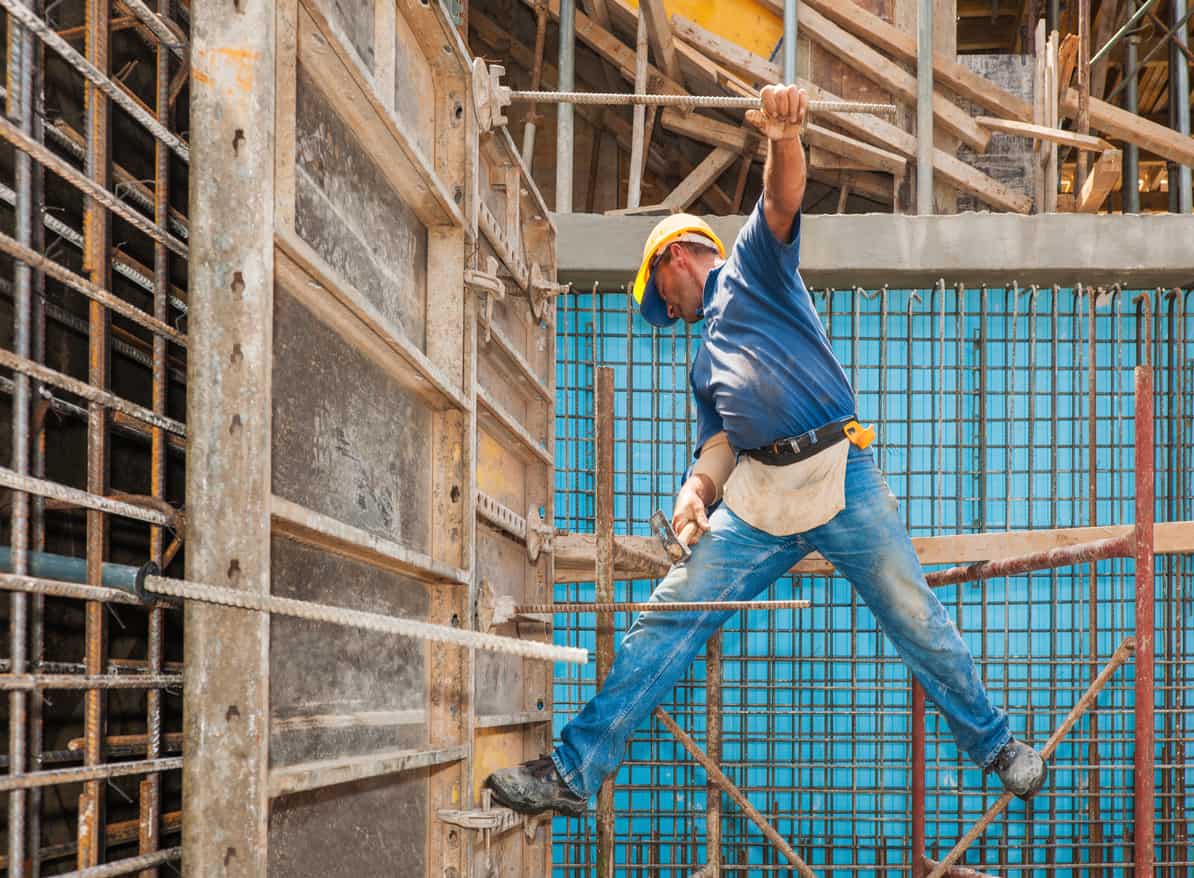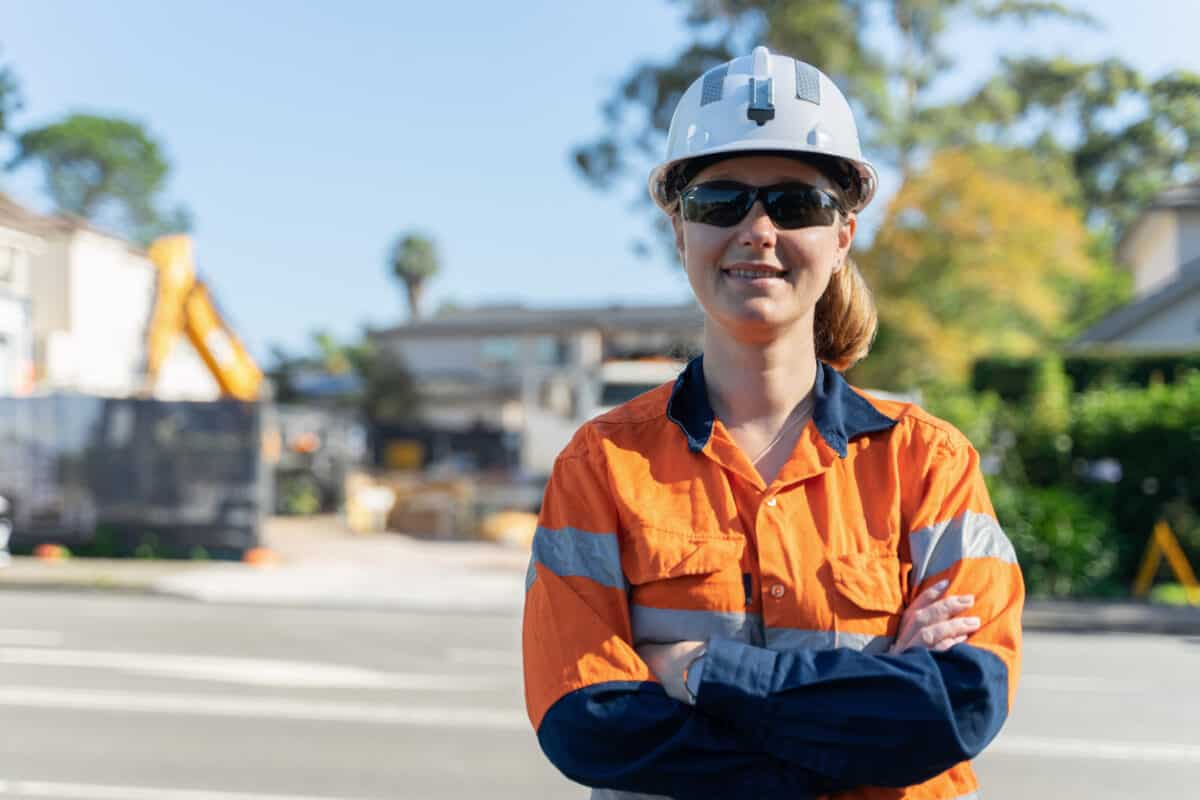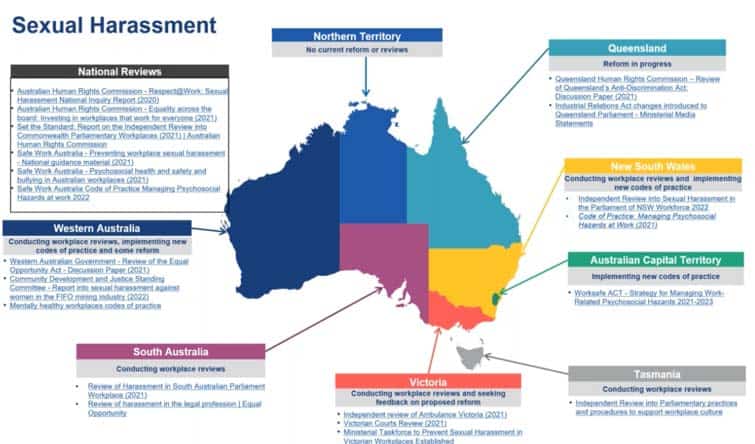All occupational health and safety (OHS) advocates should be reading the work of Jordan Barab. His latest article on “blaming the workers” for their own incidents is a great example of his writing. The article also illustrates one of the things about OHS that really gets up the noses of employers – if we don’t blame the workers, we have to blame the employers. An Australian answer to the situation would be Yeah, Nah.
Category: communication
You don’t have to talk about OHS to talk about OHS
On November 16 2022, Tony Burke, Minister for Employment and Workplace Relations, spoke at the National Press Club in Canberra. Although his portfolio has occupational health and safety (OHS), workplace health and safety was mentioned only once in passing. In this instance, that’s okay because he is trying to pass a major piece of industrial relations (IR) law. But some of his speech raised issues related to work or how businesses are managed, which do have important OHS contexts.
Small steps in acknowledging workplace psychosocial risks
Australian workplaces need more diversity in their workforce, including workers affected by psychosocial illnesses and conditions. Recently Mental Health Australia released a position statement on employment and mental health.
The statement promoted increased employment opportunities but also touched on the role of occupational health and safety (OHS).
Continue reading “Small steps in acknowledging workplace psychosocial risks”SafetyAtWorkBlog “tip-off” line

SafetyAtWorkBlog occasionally receives confidential documents and phone calls about workplace health and safety incidents, investigations and reports. It is time that this process was given some formality in order to encourage transparency on issues while, if necessary, preserving anonymity. To achieve this aim, a “tip-off” line has been created by SafetyAtWorkBlog using the Whispli whistleblowing platform.
If you have some information related to workplace health and safety that you think would be of interest to SafetyAtWorkBlog readers, please let me know by clicking this gateway and establishing an anonymous account.
Continue reading “SafetyAtWorkBlog “tip-off” line”Webinar of insight and update
Recently 700 people registered for a webinar conducted by Herbert Smith Freehills on work health and safety reforms, primarily on psychosocial risks at work. These risks were presented in various inquiries into sexual harassment, fly-in fly-out work practices but also generated new regulations, guidances and codes.
Steve Bell spoke about the responses from occupational health and safety (OHS) regulators to these issues and said:
Major omissions from business perspective before the Jobs and Skills Summit
Next month the Australian government is conducting a “Jobs and Skills Summit“. Such consultative events have been held every so often for decades but usually after a new government is sworn in and after the previous one was in power for too long or lost its way. Such summits are seen as ways of reconnecting with disaffected and disempowered industry associations, trade unions and other organisations with the ear of the incoming government.
One of the most vocal industry associations is the Business Council of Australia. The BCA has existed since 1983. Its Wikipedia entry lists its large corporate membership, providing context to its policies and positions. On August 15 2022, its CEO Jennifer Westacott had an opinion piece, “What a Jobs Summit ‘win’ would look like“, published in the Australian Financial Review, but with a different headline. Workplace safety was mentioned in passing but is hiding in the subtext elsewhere.
Worksafe Victoria’s new gendered violence campaign
WorkSafe Victoria has actively campaigned against occupational violence for the last few years. The pandemic, understandably, brought the focus onto violence against emergency services workers and healthcare staff. Recently the campaign has focussed on gendered violence at work. The intention is to be inclusive, to address the variety of violent acts and the variety of people gendered violence affects, but it is not as inclusive as it could be.






